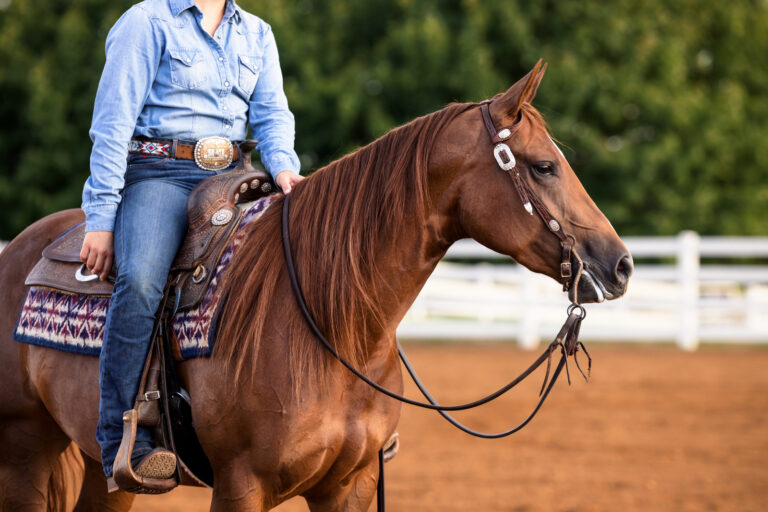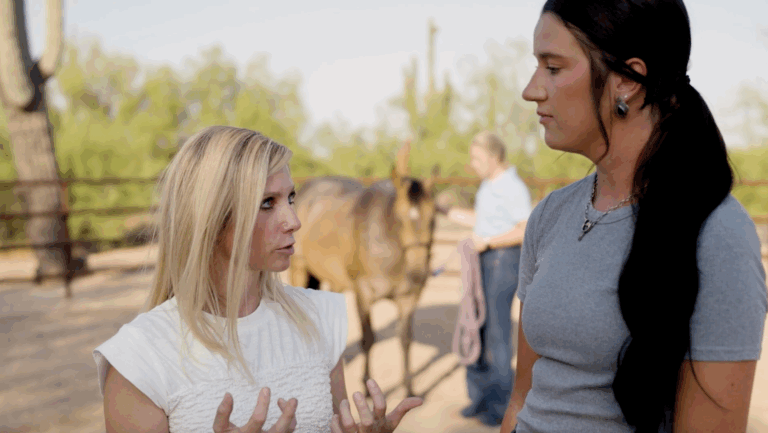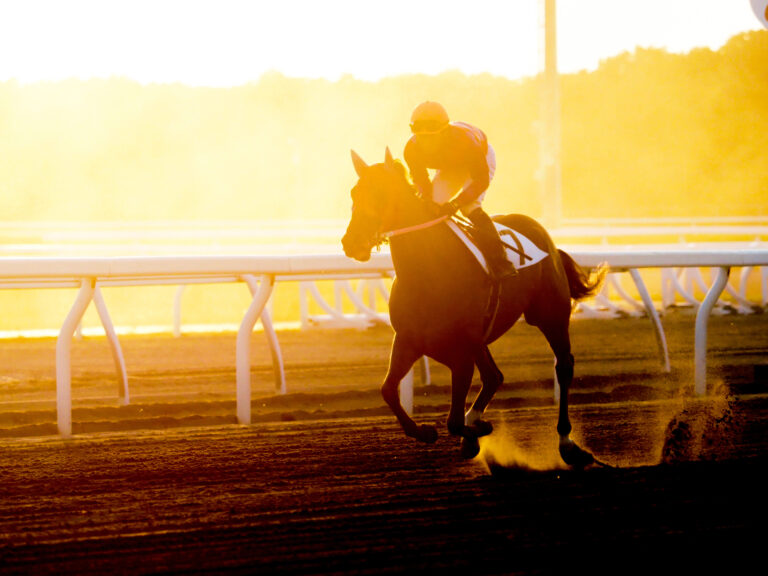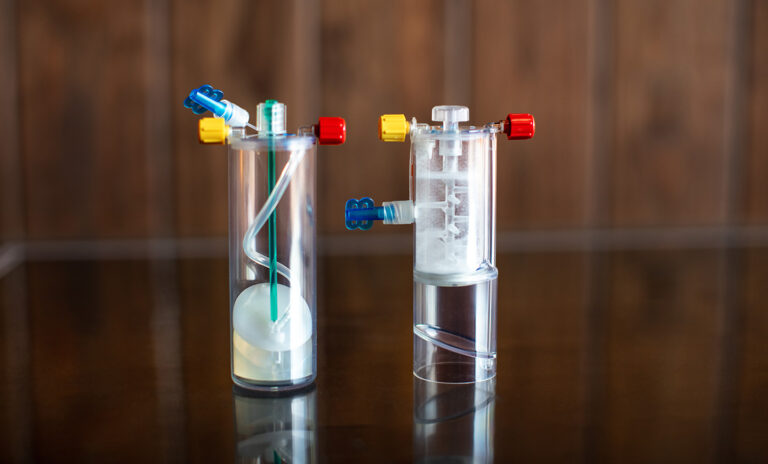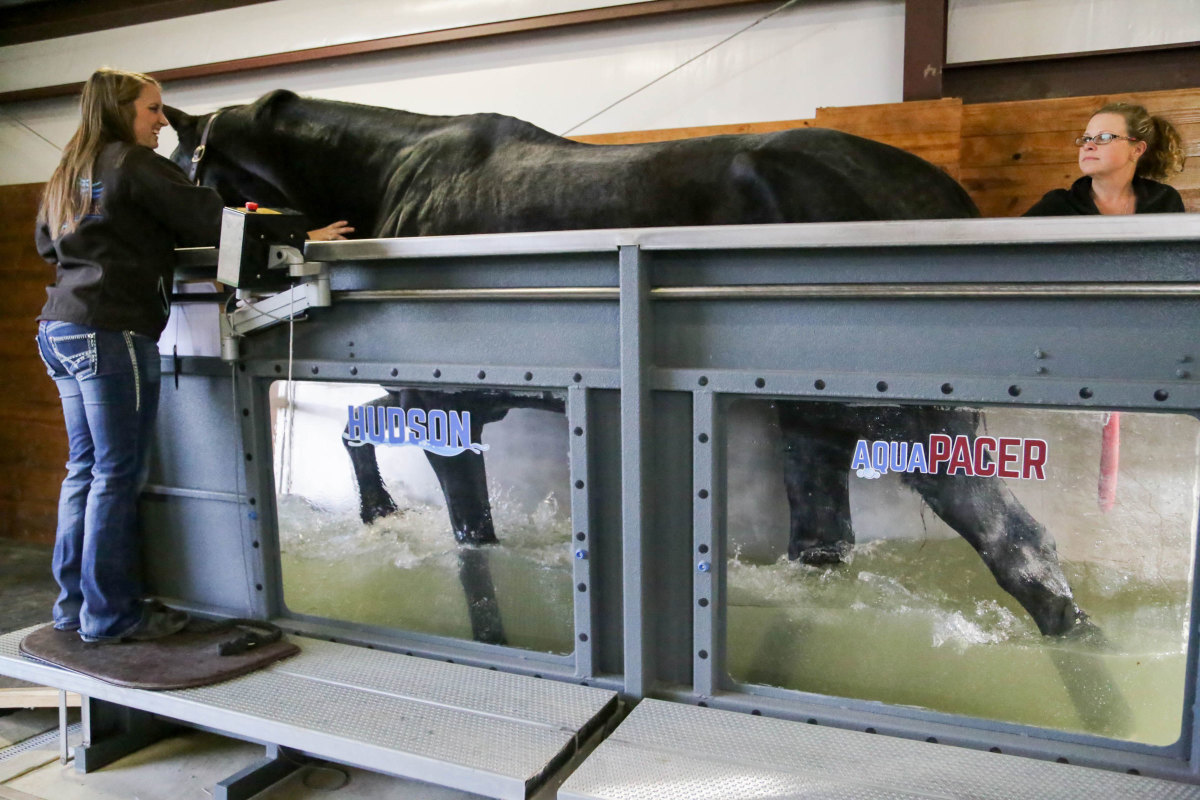
Most of us have had physical therapy after an injury. Often, physical therapy can supplement rest and anti-inflammatory medications to help us heal properly. The same is true of other species. As we understand more about how to treat and prevent musculoskeletal injuries in animals, the field of physiotherapy has grown. Equine physiotherapy is particularly interesting because of the need for excellent techniques to care for the equine athlete.
One challenge for those who want to develop their rehabilitation practices is that there is little written about the spatial and infrastructure requirements for accommodating equine therapies. In this article, we will explore the design considerations for common therapeutic modalities.
The Basics
With a few exceptions, rehabilitation spaces do not require fancy infrastructure, and they can be created in cost-effective buildings. This is different from equine medicine and surgery, which require specialized environments.
Nevertheless, if you want your rehabilitation services to be successful and efficient, there are some general design concerns, including:
Convenient access. Horses visiting equine rehabilitation spaces are on controlled exercise regimens. So if you are designing a haul-in rehabilitation facility, ensure that the horses can be unloaded near the therapy areas.
A quiet environment. For many reasons, equine physiotherapists need quiet and calm surroundings. It is difficult to perform many common therapeutic services, such as acupuncture, on horses when they are anxious. Infrastructure-intensive services (such as an underwater treadmill) become more dangerous in chaotic environments. Follow these general rules for facility design:
- Place rehabilitation spaces away from the center of activity. You’ll need to unload horses near the therapy areas, as previously described, but otherwise restrict activity and vehicular flow near where therapies are occurring.
- Insulate the roofs of the rehabilitation spaces to prevent pounding rain and sliding snow from disturbing the horses.
- Keep your rehabilitation horses calm by housing them in stalls near where they will be receiving therapies.
Open and flexible buildings. Prefabricated metal buildings with free spans and no internal columns work well for practices with multiple modalities. For therapies that need to be enclosed with wall dividers, placing these within an otherwise open structure will allow for easier future reconfiguration. Freespan buildings also allow for completely open spaces for big equipment such as pools and free walkers.
Well-ventilated and -conditioned spaces. Staff members working with the horses need to be comfortable, and the spaces need to be ventilated well enough to be safe and healthy. An equine rehabilitation space has higher ventilation needs than most barns and should be vented at least at four to six air changes per hour—and more, if aqua therapies are used.
Natural light. Horses and staff members will be happier if natural daylight is introduced into the therapy spaces. Place openings along the tops of the walls or install frosted skylights in the roof that will introduce soft light without the visual distraction and safety concerns of low windows. Rolling barn doors on one side of a therapy space can also be a way to introduce fresh air and natural light into the space on nice days.
Care and consideration for footing and flooring. The last thing you want is for a horse with a pre-existing injury or neurological condition to slip on a surface within the rehabilitation area. Many people use rubber mats over concrete, as this is inexpensive and effective. If this is your solution, clean the mats well and dry them often or seal them to the concrete slab to prevent bacterial growth.
Designing for Specific Therapeutic Modalities
Exercise protocols. The foundation of physiotherapy is directed activity, with protocols based on the injury. Thus, having access to a properly sized arena for workup or directed exercise is important. Indoor arenas are ideal because they can be used year-round. The arena should be at least 90 feet across on the shortest side of the working space.
Solarium. These specialized heat lamp systems are placed over where a horse is cross tied. Because the infrared/UV lighting equipment is expensive and hangs relatively low, the tie area should be an alcove and not a walking path. As an example, a typical wash-stall shape and dimension makes a good solarium, and sometimes solariums are integrated into wash stalls so the horse can receive warm therapies after bathing. The wattage of these figures is impressive, so ensure you have the electrical infrastructure in place prior to ordering the lights. The lights also give off heat (this is what benefits the horse), so locate a quiet exhaust fan near the solarium to expel overheated air. In hot climates, it might be necessary to separate the solarium so that it does not negatively affect the comfort of the other barn/arena areas.
Free walkers. Free walkers are used in some physiotherapy practices. These circular structures are designed to promote exercise without the unnatural restraints used in hot walkers. The equipment itself takes up a tremendous amount of room, and of the manufactured sizes, larger ones (60 foot and above) are used in rehabilitation and conditioning settings to avoid moving horses in tight circles.
There are almost no special spatial considerations for this equipment other than its physical space and power needs, which can be obtained from the manufacturer. However, if you plan to have a free walker indoors, follow these guidelines:
- Keep the equipment in its own space to keep dust down in the rest of the rehabilitation facility.
- Allow room to move completely around the equipment to access the horses for safety reasons.
Chiropractic and acupuncture services. Horses are typically held with a lead rope during these treatments. The physiotherapist must stand on a mounting block to properly access the horse’s back. Considering the requirement for free access on each side of the horse, a standard barn aisle is often too narrow to feel comfortable and safe. If you were designing without constraints, a space for chiropractic or acupuncture should be a minimum of 16 feet in the smallest dimension and should be placed away from walking areas—such as barn aisles—to prevent distractions.
Other standing therapies. Many equine physiotherapies can be performed on a standing horse, including therapeutic ultrasound, equine shockwave therapy and some types of cryotherapies. These, like chiropractic and acupuncture services, are best done in a space that allows for adequate circulation all around the horse, or at least 16 feet in the smallest dimension. Ensure there is a power outlet in this space for plugging in equipment. Machines used for standing therapy can be expensive, so design a secure and lockable storage closet near the therapy area.
Vibration plate. Vibrating floor plates are meant for horses to stand on. While it is possible to purchase one that is set up in a set of stocks, we prefer the type that are integrated with a stall floor because they allow the option for the horse to move around normally. The area that is needed for a single horse to use a vibration plate is a 12 x 12-foot typical stall, although the stall can be larger in special circumstances. Coordinate the power requirements with the manufacturer.
Aqua therapies. Aqua therapies are the most complicated to incorporate in a design. From saltwater spas and underwater treadmills to in-ground treadmill pools and larger swimming pools, the key to a successful design is to ensure you hire professionals to design the space around specific manufacturer requirements. Verify the following:
- Clearance around the equipment item should be as required by the manufacturer and as required by you for the horse to safely enter and exit the water element.
- Structural support. Pools are incredibly heavy, and a structural engineer must confirm that they are properly supported by surrounding soil and concrete (if an in-ground application) or slab design (if set on a slab).
- Pumps and filtration equipment. Often a pump room is required.
- Drainage infrastructure for the equipment. The water must be drained and cannot simply sheet flow onto the floor. Ensure the dump from the aqua therapy machine is coordinated with the plumbing design. Dumping from a large machine will overwhelm a typical septic system. Coordinate locally legal means for discharging a large amount of water with a plumbing and/or civil engineer.
- Electrical infrastructure and safety is critical, as this will be a wet environment.
- Noise control. This is often overlooked, but aqua therapy spaces can be very loud. Engage a knowledgeable architect or an acoustical engineer to help you with sound mitigation in the aqua therapy room.
- Humidity and ventilation. Where there is a lot of water, there is also a need for enhanced ventilation. A mechanical engineer should review the space and design a ventilation system to accommodate the loads from the aqua therapy equipment.
- Cleaning equipment. You will need hoses, disinfectants, etc. to keep this room clean.
- Very safe flooring. A hydrotherapy room will be challenging, as water can make slips and falls more likely. Use non-slip rubber surfaces where horses are walking (rubber has a similar coefficient of friction when it is wet or dry), or you can use more expensive poured equine floors. Triple check the reputation of the flooring manufacturer and check references.
Hyperbaric oxygen therapy (HBOT). Hyperbaric oxygen is used increasingly in veterinary medicine for a variety of treatments and therapies. Equine HBOT is performed in a chamber that is horse sized, and the horse is alone in the chamber, without a handler, during the therapy. As with any large equipment, hyperbaric oxygen chambers have their own design challenges, including:
- The chamber must be placed into its location by a crane and rigging, so this must be considered within the design and construction sequence.
- Work carefully with the manufacturer of the equipment and ensure all requirements are met.
- Discuss the large liquid oxygen dewars with the local fire marshal to ensure they are set up to meet local and national fire protection codes.
- Prevent sparks at all costs. A 2012 explosion of an HBOT chamber at an equine rehabilitation facility revealed that the horse in the machine kicked the sides of the chamber enough to cause sparks, which led to the explosion. While spark prevention is mostly operational (i.e., the horse should be properly sedated, metal shoes should be removed or covered), there are several construction considerations, including:
- Separate fuel burning equipment from the HBOT building.
- Ventilate the space to prevent the buildup of oxygen.
- Use anti-static mats where personnel will be standing and working.
- Humidify the air during the winter, when indoor environments are dry, or all year around in a dry climate.
- Follow all codes for electrical equipment, prohibit extension cords, ground outlets, etc.
- Ensure that there is a safe, convenient and code-compliant exit or exits from the HBOT space. For example, use a human door for humans to enter and exit the space rather than a large rolling barn door.
Take-Home Message
While some of these modalities require a bit of design coordination, the opportunity to begin practicing some of these therapies within a simple, cost-effective space can make physiotherapy a rewarding extension to an existing equine medical practice or a stand-alone rehabilitation practice.

